The idea of building my own Micro.blog theme is still gnawing away at me. As if I don’t already have enough on my plate.
Learning through development tools
Today, during a major debugging session with a Rails application, I wanted to condense what was in the logs between two consecutive requests to understand what was happening. It was too much to read through everything. I just needed to scan through all these requests and flag whether they were successful or not.
So today, rather than scribbling down another Ruby script, which would have been easy, I started a log analyser using Rust. It’s early days for the script, but it already compiles a list of endpoints, which is a good start.
It’s a reminder to myself that there are plenty of development tools and aids I can build using a variety of languages and frameworks. And if I only use that tool a few times, that’s okay, too. At least I will have learned something.
Another one taking part in Small Web July
To try to get back into regular blogging again, I have decided to take up this invitation to Small Web July.
Here are my guidelines for the month:
- Write at least one blog post a day - This can be anything from quoting another post, sharing some thoughts or anything else really. The one thing I want to do, though, is to move beyond just sharing the bare minimum. Far too many of my posts are short enough not to need titles on Micro.blog, and I want to start moving away from short posts to longer posts.
- Engage a bit more on Micro.blog - I noticed that my volume of replies to people and from people is relatively low. I used to reply to posts a lot in the past, but for some reason, I find myself rarely engaging with other people on Micro.blog.
- Spend more time reading - My reading habit is returning, but not as quickly as I would like. Some fiction books I’ve recently bought are not grabbing my attention. On a whim, I picked up Andy Weir’s book, Hail Mary, for my Kobo. I loved reading The Martian, so I’m sure this will be something I will enjoy reading.
That’s it for the month. I could have added more things to do, but with schools off here in Scotland, I tend to find that between now and mid-August is a time for setting aside any primary goals and just enjoying the boys being about the house and sitting in the back garden when possible.
I noticed that Annie Mueller is participating as well.
Is anyone else taking part?
Star Wars Battlefront 2 still going strong
Though there have been some dips since then, interest in the game has, overall, grown. Star Wars Battlefront 2 reached a new all-time concurrent player peak — 35,892 players — on June 22, with a consistent 20,000 people online at any given time. And these numbers are just for Steam; the game is available on consoles and Windows PC on EA’s proprietary launcher, but concurrent player numbers are not easily available there.
— Star Wars Battlefront 2 Is More Popular Than Ever Thanks To A Dedicated Fan Community
I’m not really surprised that this game is still going strong. Despite the rocky start EA had with the loot box system, the game has remained a popular choice. I still play it weekly. Maybe it’s the fact that I am a huge Star Wars fan, but games like Fortnite and Overwatch haven’t remained on my radar, and it’s been a long time since I played either of those games.
📷 day 30 - solitude

📷 day 28 - ephemeral

📷 day 26 - bridge

📷 day 25 - decay

I updated my Rails app’s start script to launch Docker containers for PostgreSQL and Redis. I also added a kill script to stop them when I’m done coding. I hope this helps my struggling laptop battery by properly shutting down services.
I finally set up Claude Code. Very impressed with it so far.
📷 day 24 - bloom

📷 day 23 - fracture

📷 day 22 - hometown

📷 day 21 - silhouette
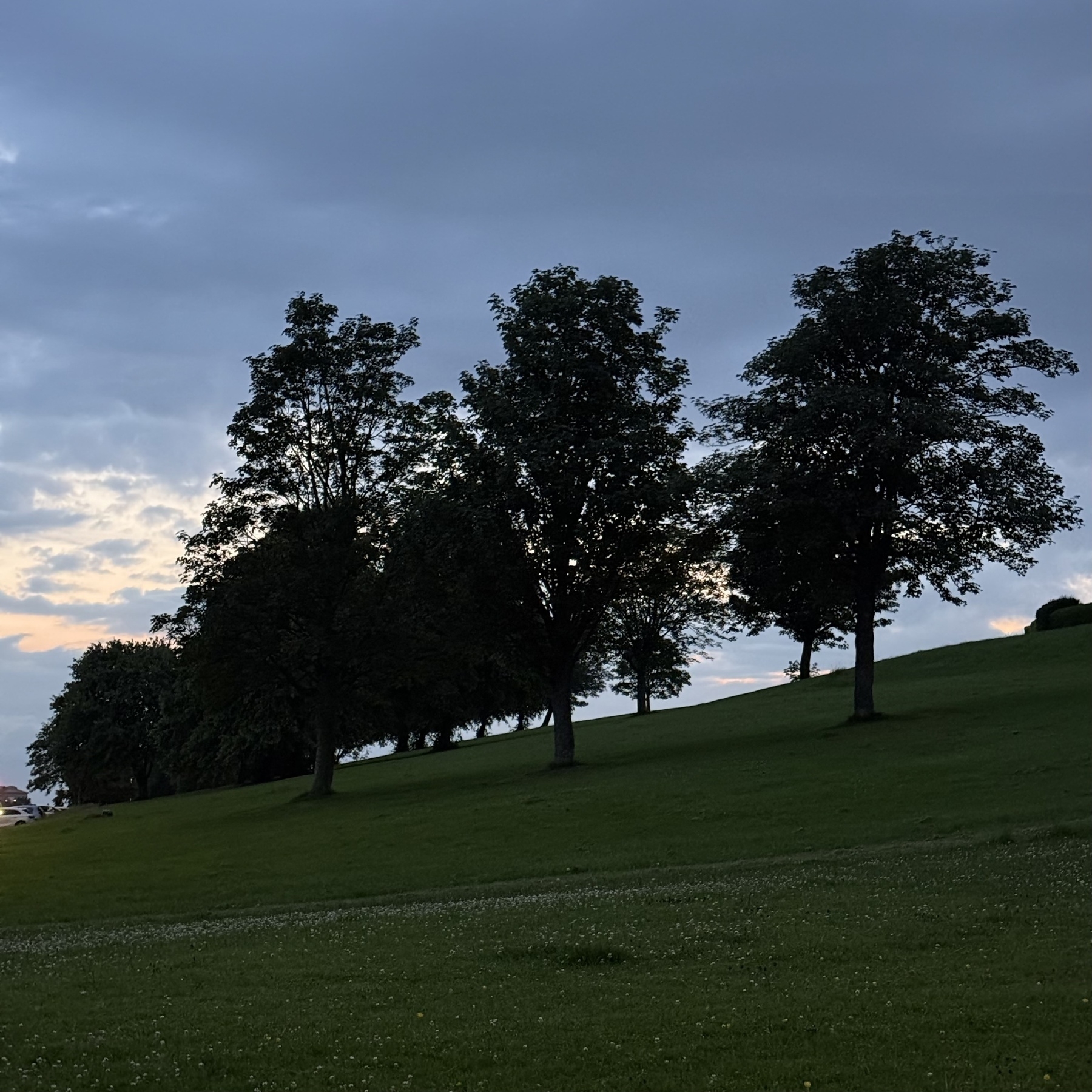
It’s a quiet morning with some code and coffee. I am working through an issue with a product of mine using forms, Rails, and Sidekiq. I’m happy to put the time into this over the weekend, as it’s a core part of the product and will be reused heavily in the future.
📷 day 20 - gather
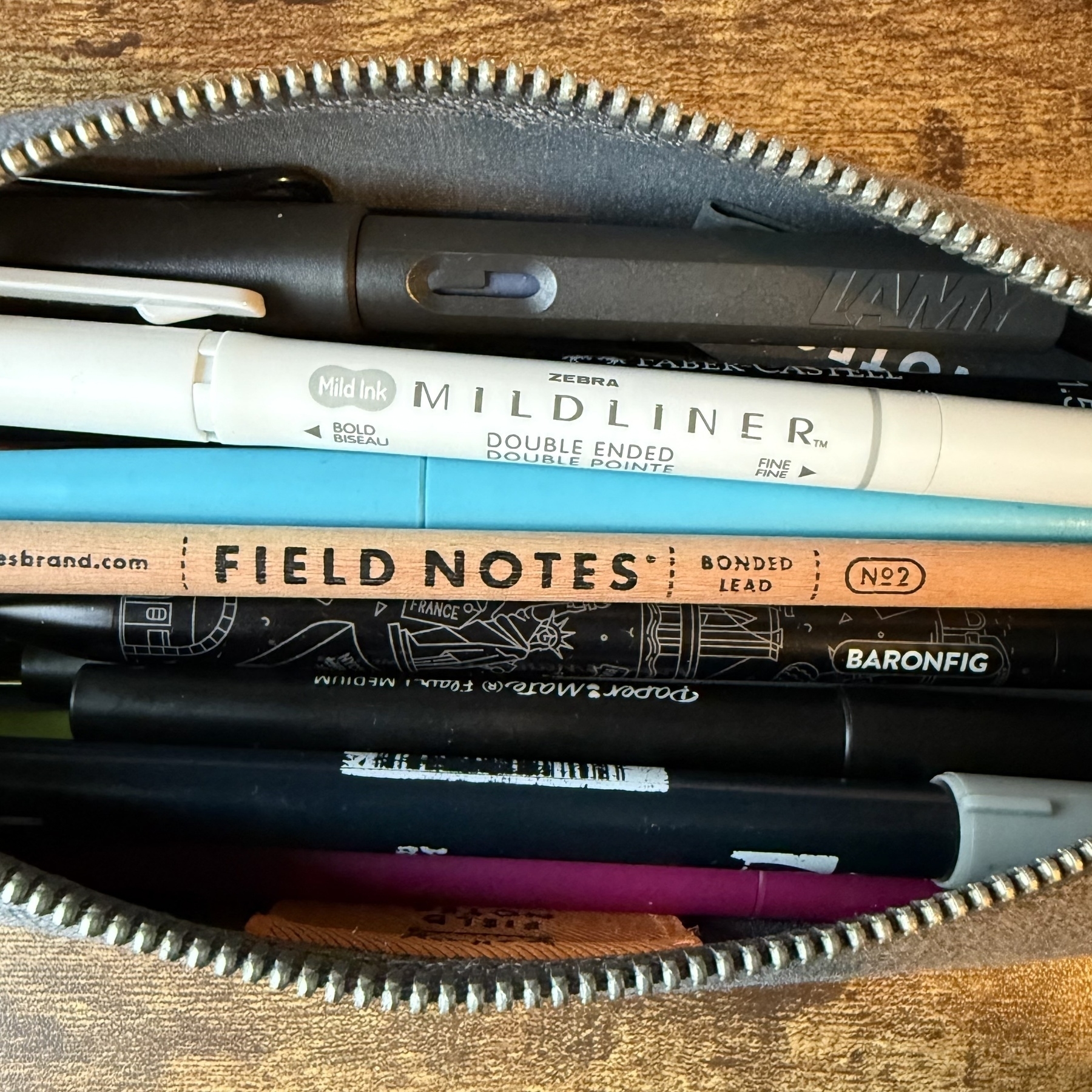
📷 day 19 - equal(ish)

Zed, the free and open-source text editor, has announced the addition of a debugger to its text editor.
A particularly tough email written tonight. One of those times where you need to write something, but you’d rather not. This had to be done though.
Apologies for being vague, but just had to get this off my chest.
📷 day 18 - texture

📷 day 17 - warmth
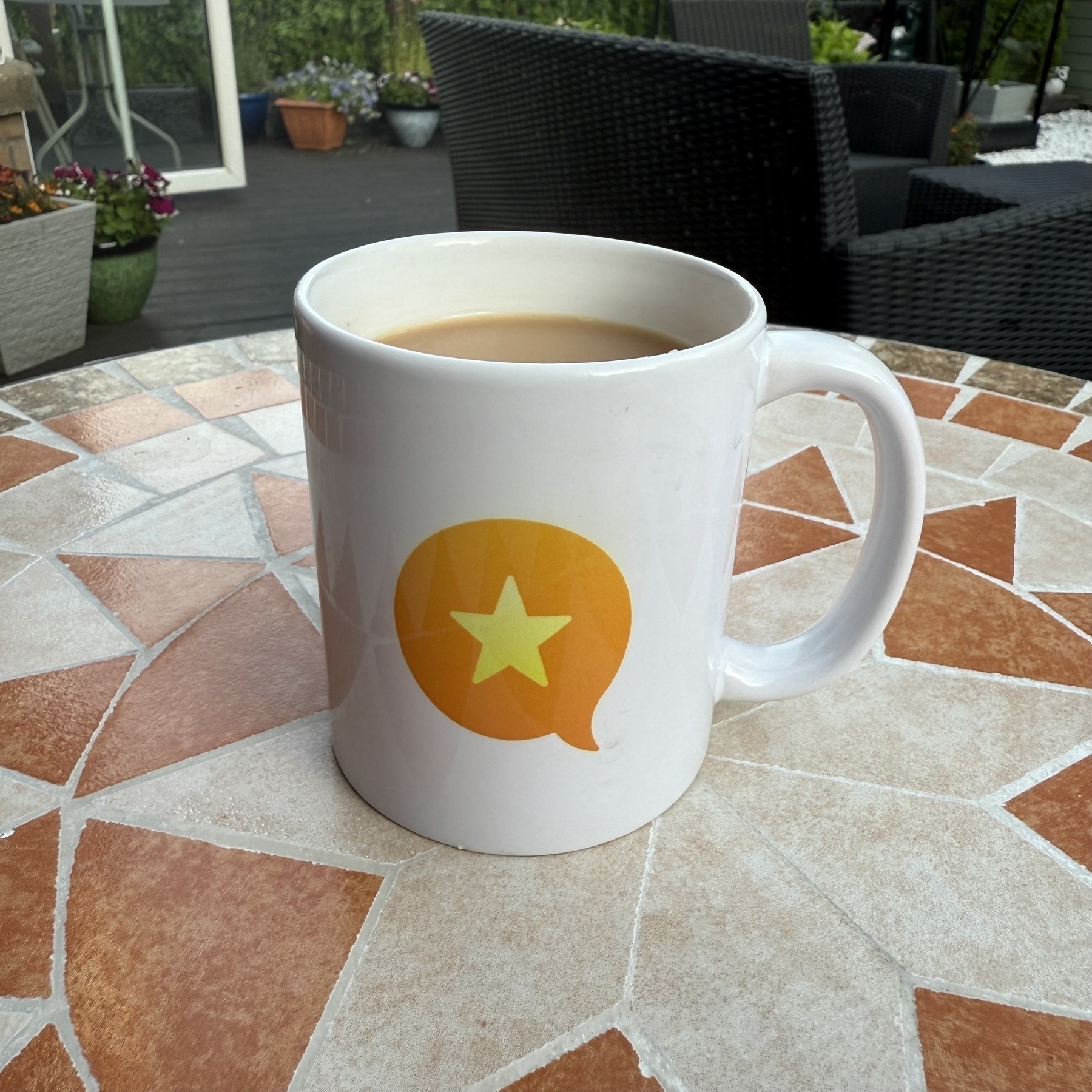
📷 day 16 - blue

📷 day 15 - tie
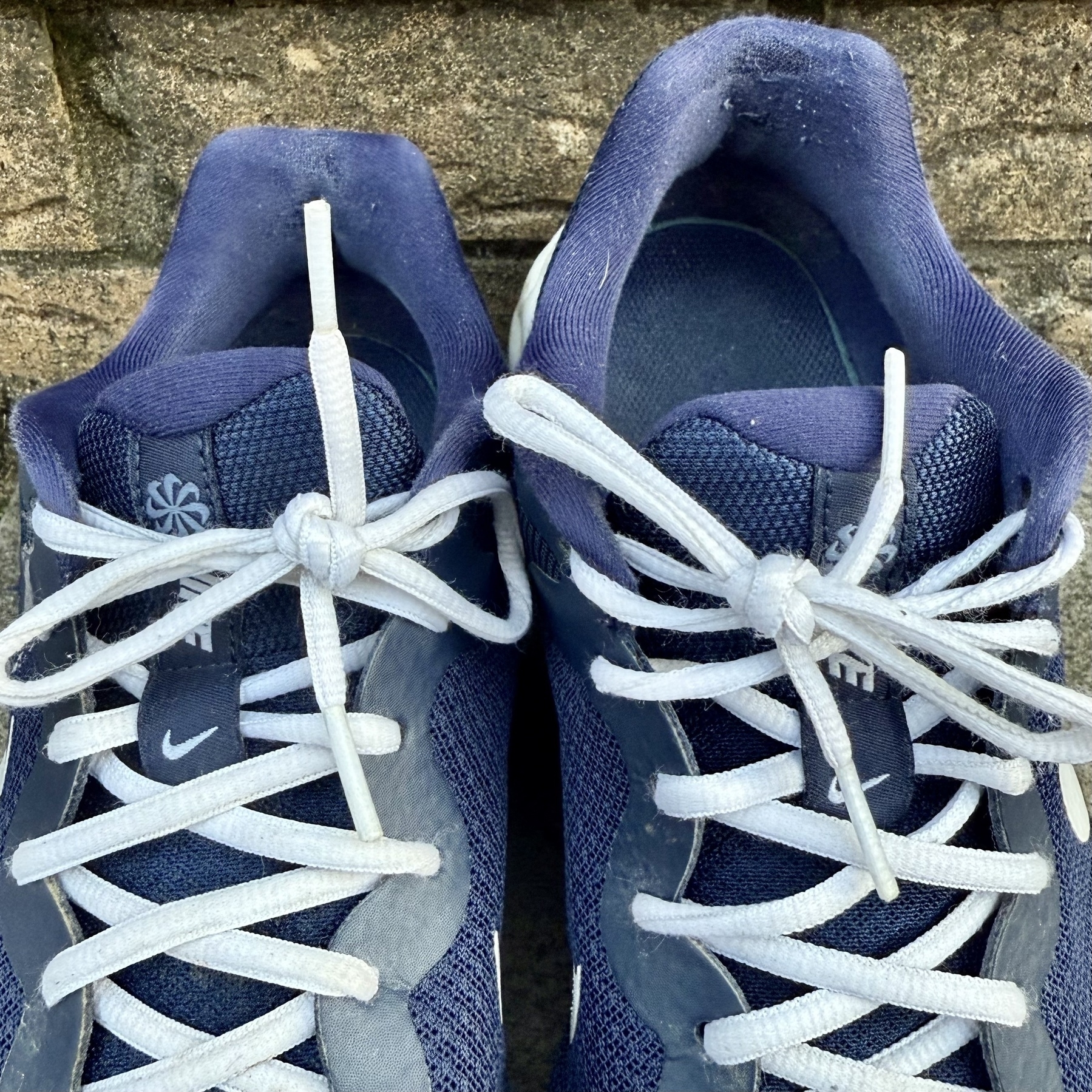
📷 day 14 - twilight
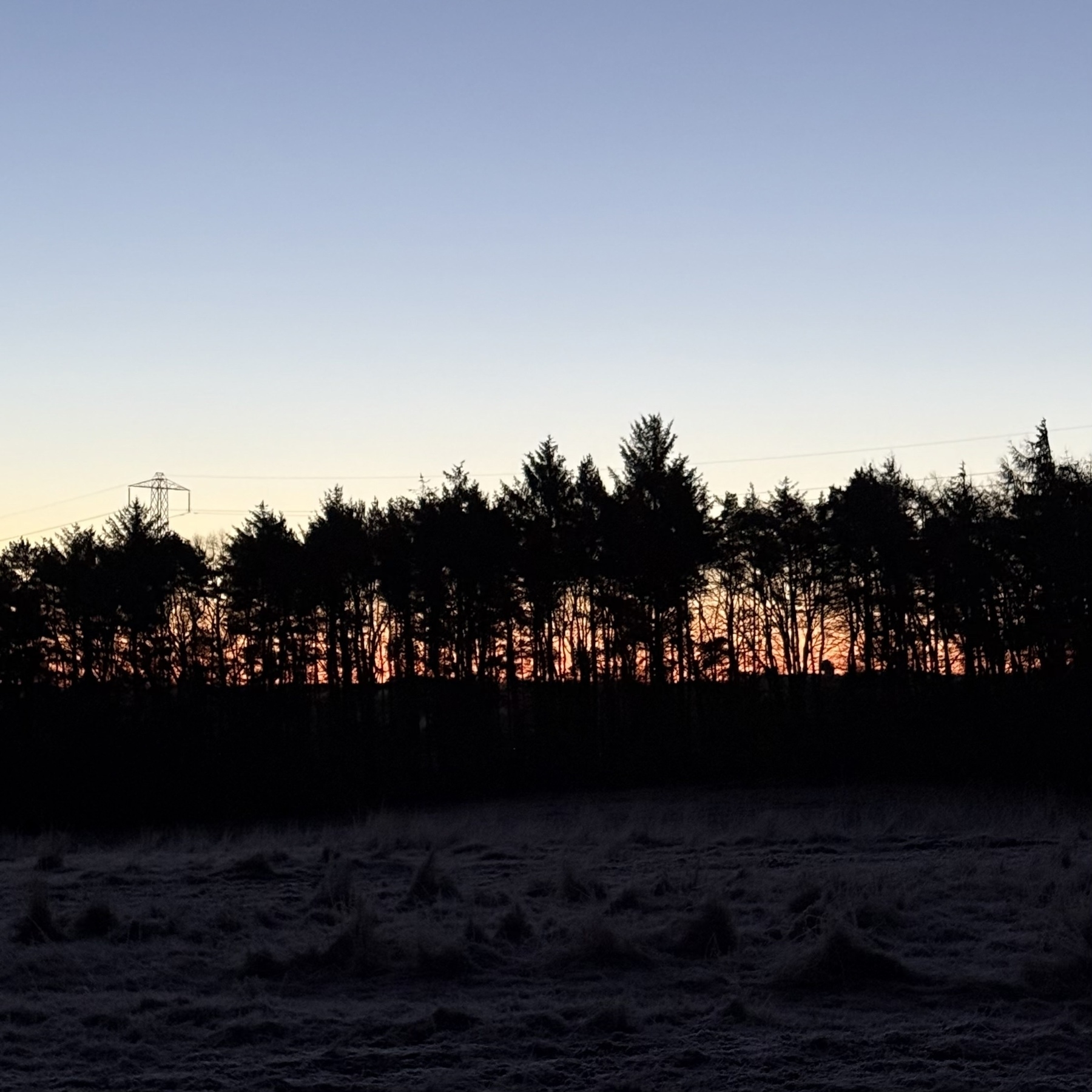
📷 day 13 - pathway
